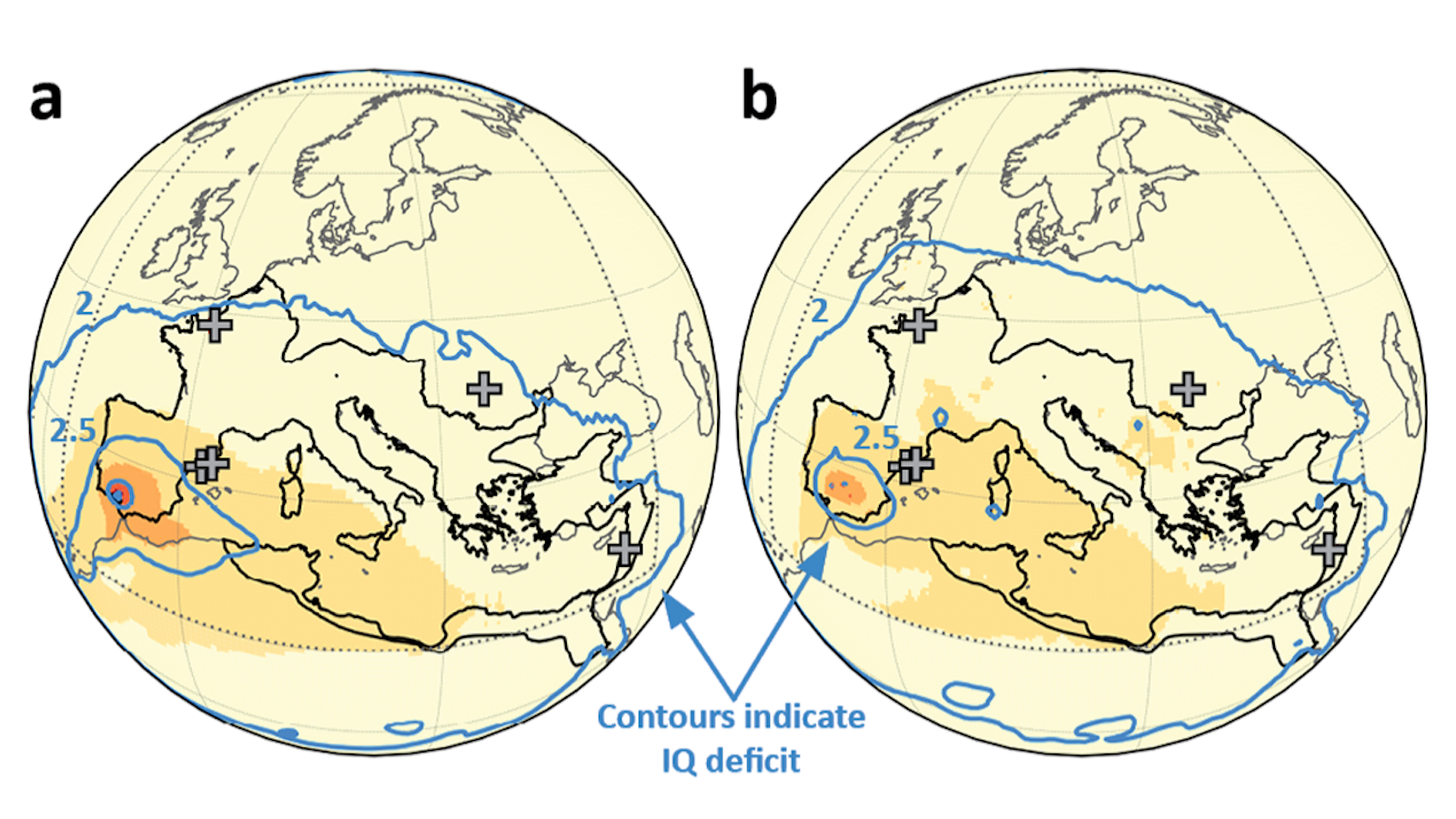Why Traveling Abroad Makes Us More Creative Part II

A few months ago I reported on a 2009 study out of the Kellogg School of Management by William Maddux and Adam Galinsky. Through a series of five studies Maddux and Galinsky found that students who traveled abroad scored higher on tests of creativity (for example, they solved Duncker’s candle problem more frequently). That is, walking the streets of Berlin, Bangkok or Beijing influences us to see things from multiple perspectives, it leaves a residue on our minds that makes it easier to see one thing as having multiple meanings.
Recent experiments out of Indiana University demonstrate complementary results. In one study, professor Lile Jia and his colleagues asked participants to list as many different modes of transportation as possible. Here was the twist: they told half of the participants that Indiana University students studying in Greece (distant condition) created the task; the other half were told Indiana University students studying in Indiana (near condition) were the creators. Jia and his team found that participants in the distant condition generated more modes of transportation and were more original with their ideas – even “psychological distance” boosts creativity.
A wealth of research on multicultural experiences highlights numerous benefits for creativity, but several questions remain. For instance, is creativity domain specific or general? And does traveling abroad contribute to the later or the former? Are previous findings causal or correlative? After all, students who go abroad might be endowed with an open and creative mindset in the first place.
This brings me to a brand new study from a team of researchers out of the University of Florida, Gainesville, including Christine Lee, David Therriault, and Tracy Linderholm. For their study they gathered three groups of undergrads; 45 had studied abroad, 45 were planning to study abroad, and 45 had no interest in studying abroad.
They tasked them with two creativity tests. The first was the Abbreviated Torrance Test for Adults (ATTA), which included three activities. For the first participants identified the troubles they might encounter if they could “walk on air or fly without being in an airplane or similar vehicle.” Second, participants were “given two incomplete figures and asked to draw pictures with the figures.” In the last test, the researchers had the undergrads draw pictures using nine identical isosceles triangles. The purpose of the ATTA was to test general creativity.
The second test was the Cultural Creativity Task (CCT), created by Lee and her colleagues back in 2011. In contrast to the ATTA, the CCT tested culture specific creative thinking. For example, the participants responded to the following scenarios: waking up with a different skin color, demonstrating high social status, developing new dishes using exotic ingredients, and creating a product that will have universal appeal.
The first thing the scientists found was that students who studied abroad scored higher on the CCT. This means that when it comes cultural specific creativity students who lived abroad outperformed those who did not. So far, so obvious. However, the team also found that the study abroad group scored higher on the ATTA, which measures general creativity. Taken together, both results “indicate that students who studied abroad demonstrate superior creative thinking on both a culture specific and a domain general measure of creative thinking compared with students who have not studied abroad.”
In a recent email exchange Lee put it this way:
We were excited to find that students who studied abroad generated ideas that were higher in quality and more novel on both a general as well as culture-specific measure of creativity (compared to students who did not study abroad). We believe our findings have relevant implications regarding the benefits of multicultural experiences on creative thinking.
That said, she cautioned that, “replicating our findings in future studies using a pre-post design (testing students before and after they study abroad), and controlling for factors such as location and length of study, would greatly bolster the promising findings from our study.” Doing so should better answer the question of the results being causal or correlative.
Until then, if you’re given a chance to wander the world, take it. A stroll through the neighborhoods of Berlin, Bangkok or Beijing might not change your life, but it will leave a cultural footprint on your mind – one that will influence you to generate more creative solutions to everyday problems.
Image via Shuttershock
And a special thanks to Christine Lee. (Linkedin page)





